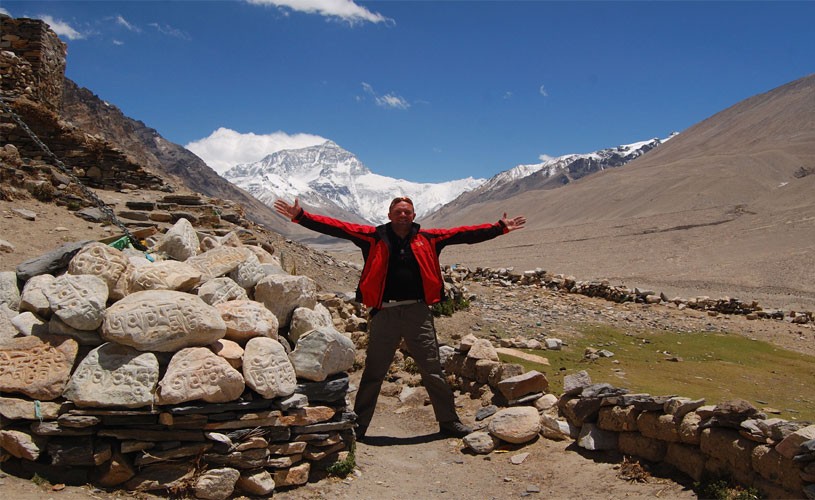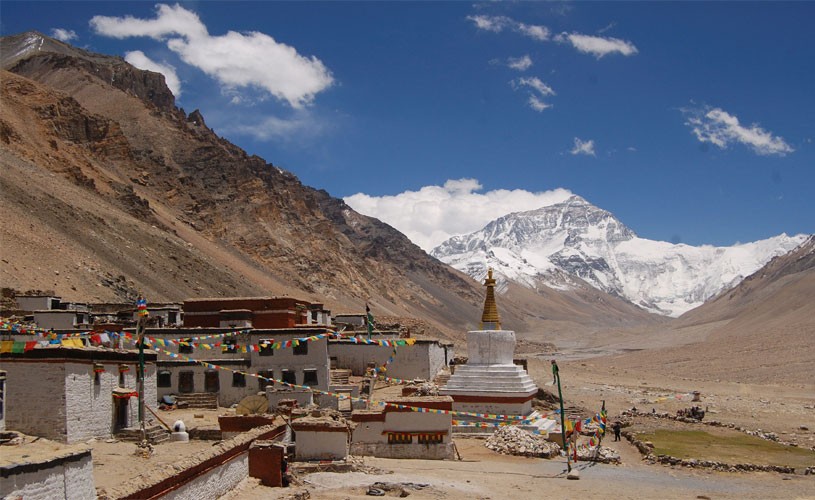Tibet -Everest Advanced Base Camp Trek Cost For 2024/25
The Everest Advanced Base Camp (EBC) Trek is a renowned adventure trek to the base camp of the world's highest mountain, Mt. Everest, from Tibet. This trek considered the highest in the world, offers stunning close-up panoramic views of Mt. Everest's northern face. While not particularly challenging, it requires special gear and careful preparation. No Technical Climbing gear or Mountaineering skills are necessary.
The trek is meticulously organized to showcase the beautiful landscapes of the Himalayas in Tibet, often called the "Roof of the World." Tibet, with its average altitude of over 3500m, lies north of the great Himalayan range, separating it from India, Nepal, and Bhutan. Much Tibet is a high-altitude desert, offering spectacular mountain scenery and rich Buddhist culture.
The journey follows the Friendship Highway, passing through some of the most incredible landscapes on Earth. You'll see small Tibetan settlements, nomadic herders, and awe-inspiring mountain peaks. The trip also provides ample opportunities to explore Tibet's cultural treasures in Lhasa and other towns on the way to Kathmandu.
We spent three nights in Lhasa, in the heart of the old city, which allowed time for acclimatization and visits to the Potala Palace and Jokhang Temple. Traveling in a Toyota Landcruiser 4-wheel drive, we journey through Tibet, staying in traditional hotels. In Gyantse and Shigatse, we explore more monasteries and immerse ourselves in Buddhist culture.
A highlight of the trip is visiting Everest Base Camp and trekking to Camp 3 at 6340m, where you can witness the grandeur of Everest's north face. This trek takes you as close to Everest's summit as a non-climber can. This incredible journey to Camp 3 and the base of the North Col via the East Rongbuk Glacier allows you to hike to a high elevation without needing crampons, ice axes, or mountaineering skills.
Adventure Club Trek offers a trek to Everest Base Camp from the Nepal side. The 13-day trek is great for those looking for a shorter trip to Mount Everest's base camp. For those who need more time to adjust to the altitude, we have a 16-day trek. Check out our other Everest treks here.




